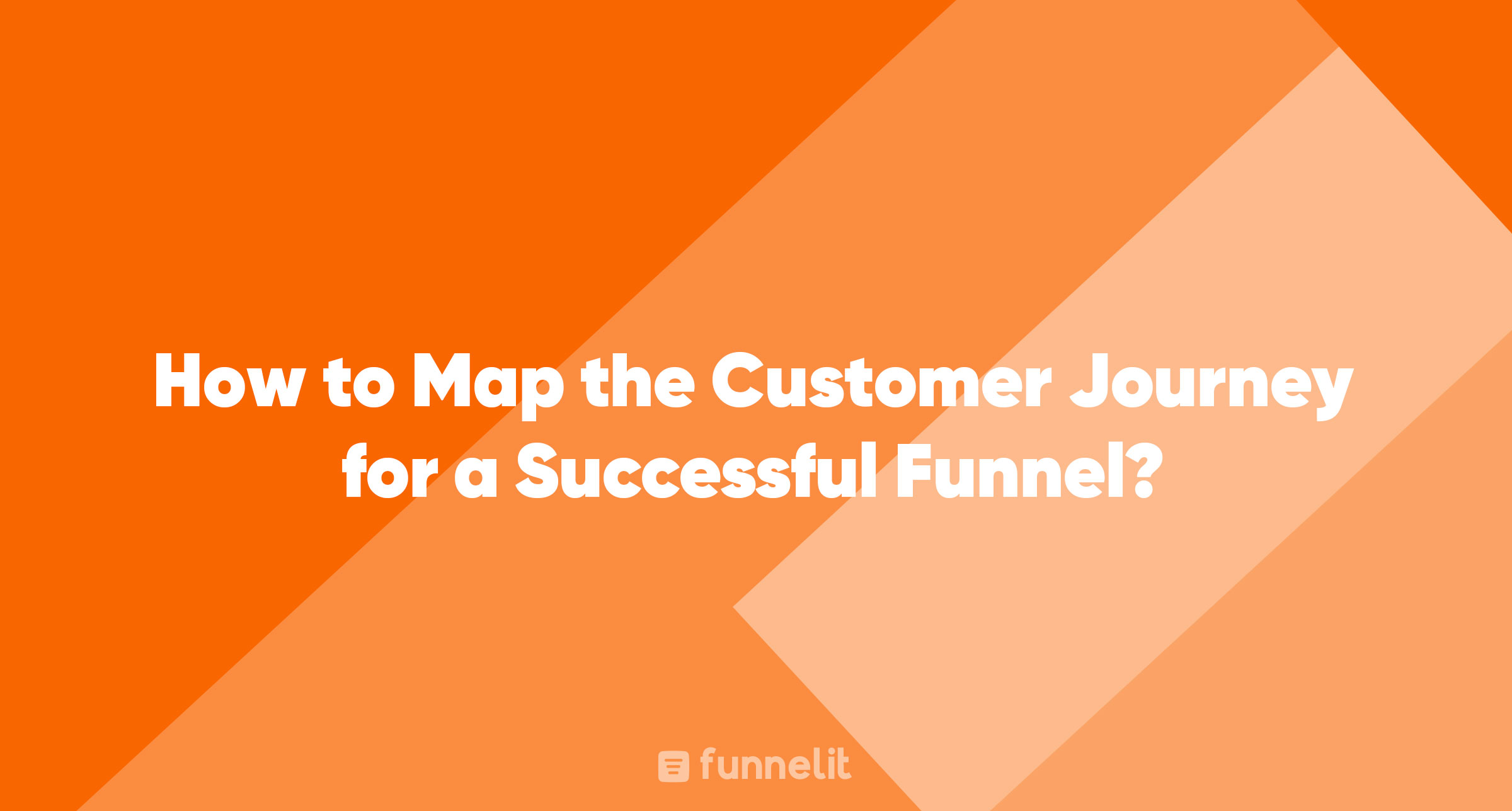The customer journey is a comprehensive view of how customers interact with a brand throughout their decision-making process. It goes beyond the traditional marketing funnel and takes into account the various touchpoints and channels customers engage with along their journey.
By understanding the customer journey, businesses can tailor their marketing strategies and content to meet the specific needs and preferences of their target audience. This level of personalization enhances the overall customer experience, builds trust, and increases the likelihood of conversions.
The Customer Journey Mapping Process
Mapping the customer journey involves several key steps to ensure a comprehensive and accurate representation. By following these steps, businesses can create a customer journey map that guides their marketing efforts and facilitates a seamless customer experience.
Step 1: Define Your Goals
Before embarking on the customer journey mapping process, it is essential to clearly define your goals. Ask yourself what you want to achieve with your marketing strategy, whether it is to build brand loyalty, encourage repeat purchases, or attract new customers. These goals will guide your strategy and help shape the customer journey map.
Step 2: Gather Data from Various Sources
To create an accurate customer journey map, businesses need to gather data from various sources. This can include website analytics, customer surveys, sales data, and feedback from customer service teams. By analyzing this data, businesses can gain valuable insights into customer behavior, pain points, and preferences.
Step 3: Identify Customer Touchpoints
Identifying the various touchpoints customers encounter along their journey is a critical step in mapping the customer journey. These touchpoints can include interactions with your website, social media channels, customer service representatives, and marketing campaigns. By understanding these touchpoints, businesses can optimize their messaging and create a seamless customer experience.
Step 4: Plot the Customer Journey
Once you have gathered the necessary data and identified the touchpoints, it's time to plot the customer journey. Start by outlining the different stages customers go through, such as awareness, consideration, and decision-making. Then, map out the specific touchpoints and interactions customers have at each stage.
Step 5: Identify Pain Points and Opportunities
As you plot the customer journey, pay close attention to pain points and opportunities for improvement. Look for areas where customers may encounter obstacles or frustrations and find ways to address these issues. Similarly, identify opportunities to enhance the customer experience and provide added value at each touchpoint.
Step 6: Create a Seamless Experience
The ultimate goal of mapping the customer journey is to create a seamless experience for customers. Ensure that all touchpoints align with your brand messaging, provide relevant and valuable content, and deliver a consistent experience across channels. This will help build trust and foster customer loyalty.
The Marketing Funnel in the Customer Journey
While the customer journey encompasses the entire buying process, the marketing funnel is a specific model that focuses on guiding customers from initial awareness to final purchase. The marketing funnel consists of several stages, including awareness, interest, consideration, and action.
Awareness Stage
In the awareness stage, businesses aim to create brand awareness and attract potential customers. This involves leveraging various marketing channels, such as social media and content marketing, to generate initial interest and capture the attention of potential customers.
Interest Stage
In the interest stage, potential customers have shown interest in the brand and its offerings. This is an opportunity for businesses to provide informative content, engage with customers through social proof such as testimonials, and build trust. By showcasing the value and benefits of their products or services, businesses can move potential customers closer to making a purchase.
Consideration Stage
The consideration stage is where potential customers evaluate various options before making a decision. Businesses need to provide valuable information, address customer concerns, and establish authority in their industry. This can be achieved through case studies, personalized recommendations, and educational content that helps potential customers make informed decisions.
Action Stage
The action stage is where potential customers make a purchase decision. Businesses need to focus on convincing customers to choose their product or service over competitors. This can be done through highlighting unique features and benefits, providing social proof, offering incentives, and ensuring a seamless purchasing process.
Benefits of Mapping the Customer Journey
Mapping the customer journey offers several benefits for businesses:
- Improved Customer Experience: By understanding the customer journey, businesses can provide personalized and targeted experiences at each touchpoint, enhancing the overall customer experience.
- Optimized Marketing Efforts: Mapping the customer journey helps businesses identify pain points, optimize messaging, and allocate resources effectively to enhance customer experience and drive conversions.
- Increased Customer Loyalty: By delivering a seamless and personalized customer experience, businesses can foster customer loyalty and increase customer retention.
- Enhanced Marketing ROI: Mapping the customer journey allows businesses to allocate resources more effectively, ensuring that marketing efforts are focused on the most impactful touchpoints and channels.
Conclusion
Mapping the customer journey is a vital process for businesses looking to create successful marketing funnels. By understanding the customer journey, businesses can tailor their marketing strategies, provide personalized experiences, and guide customers toward making a purchase. With a deep understanding of the customer journey, businesses can optimize their marketing efforts, enhance the overall customer experience, and drive long-term customer loyalty. So, start mapping your customer journey today and unlock the potential for marketing greatness!
